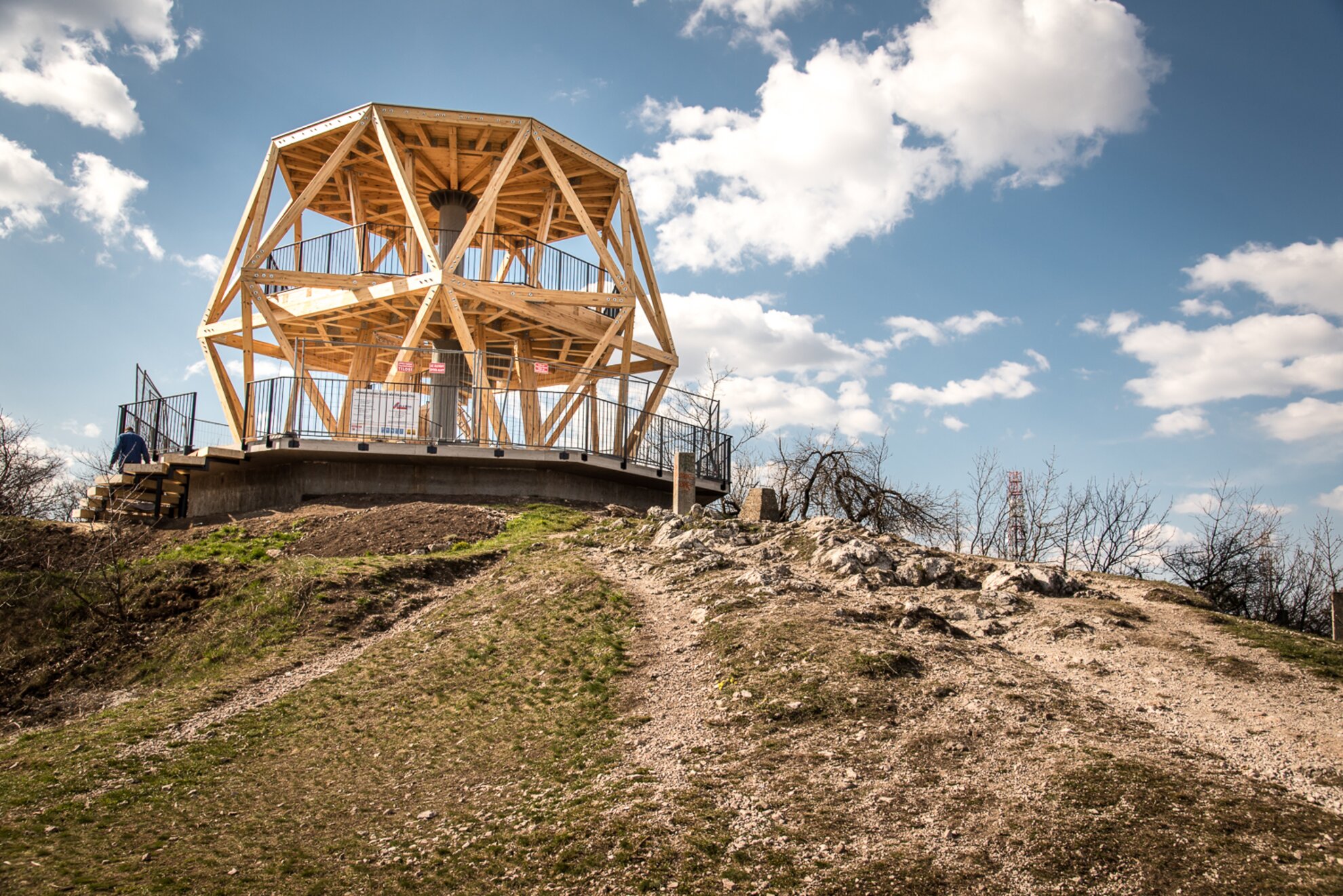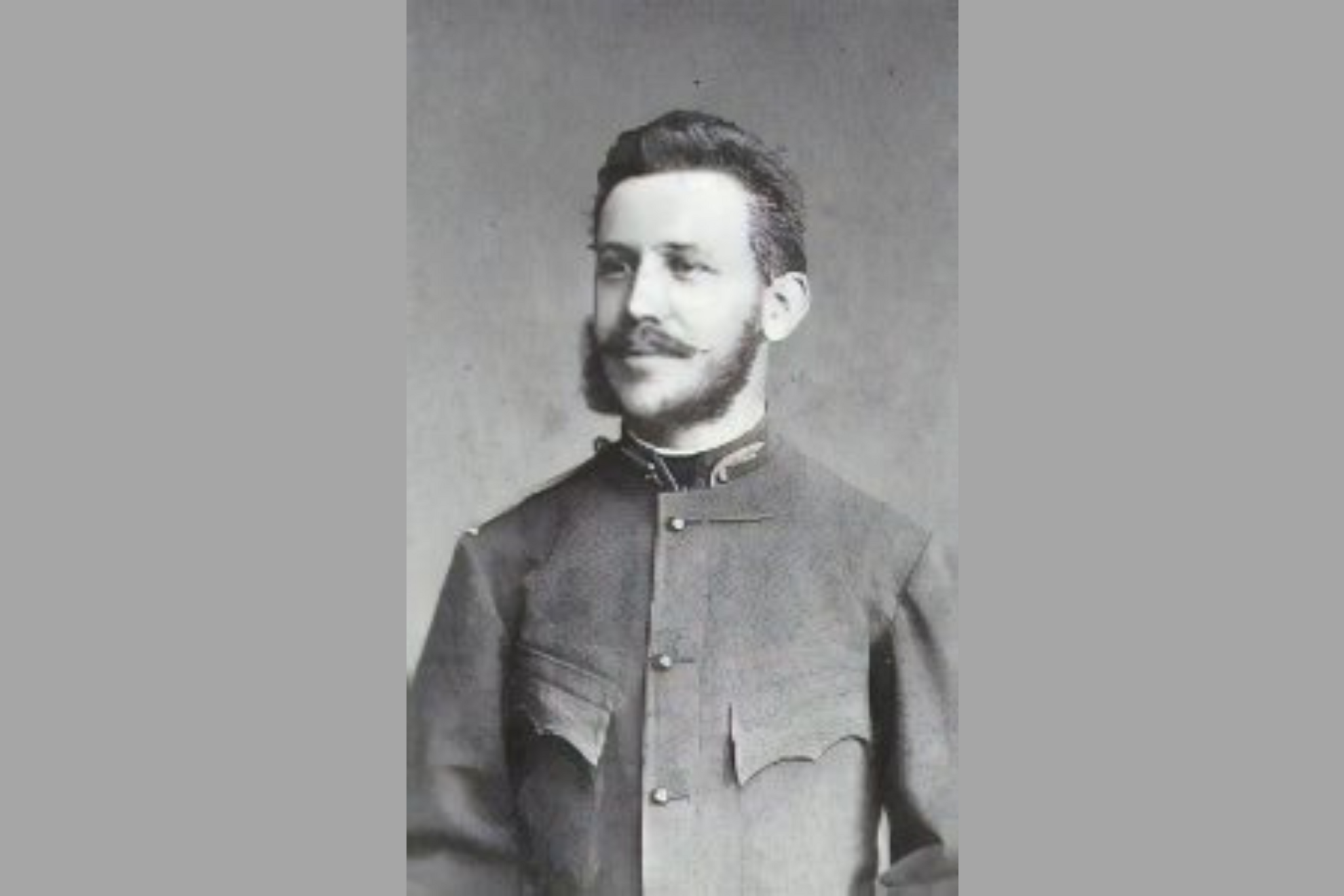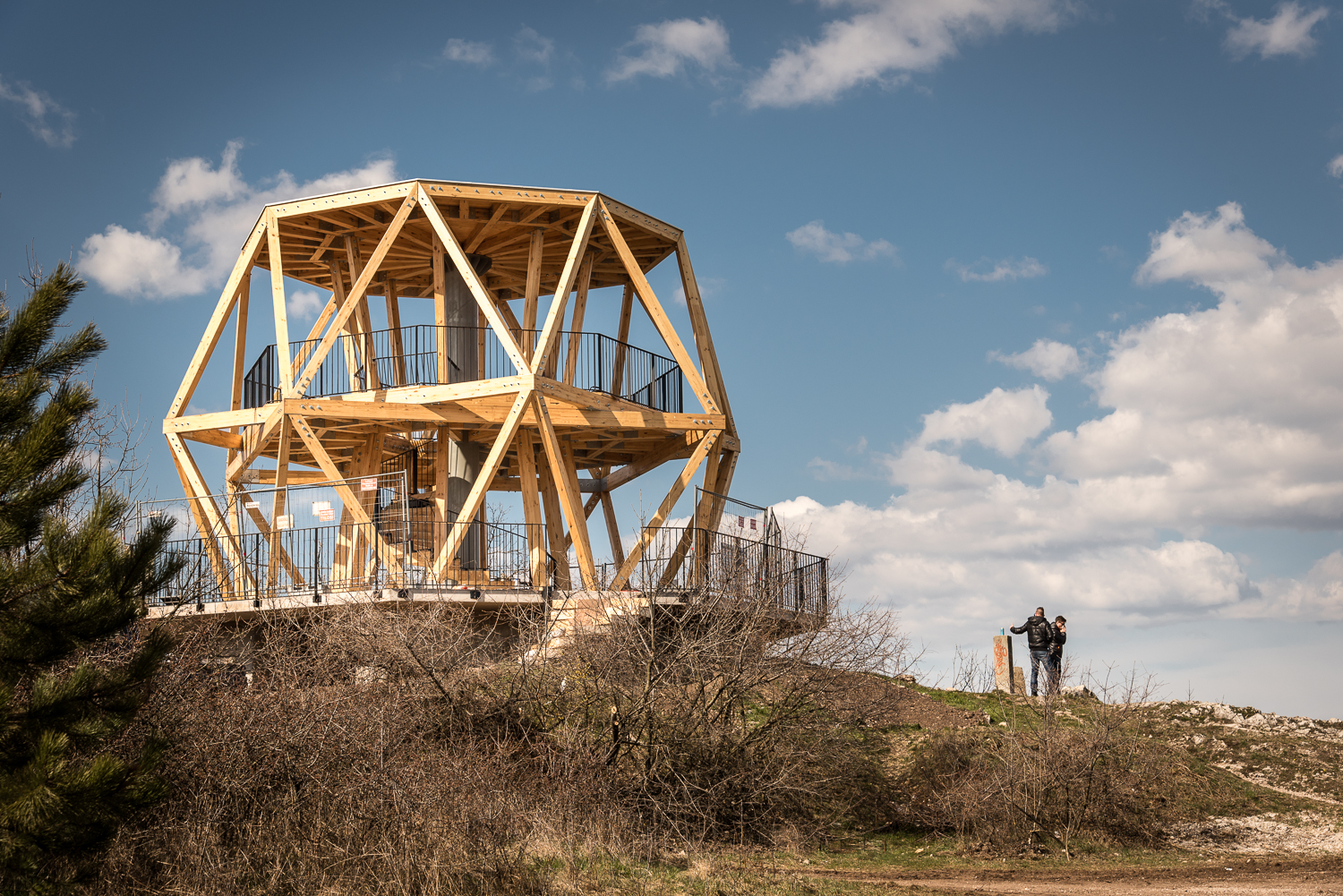Hármashatár Hill is one of the most
popular and diverse excursion destinations around Budapest. Section 14 of the
National Blue Trail passes through it from Hűvösvölgy to the border of Solymár,
and climbing it can be combined with visiting spectacular lookout points, Lion's
Rock on Kecske Hill, Apáthy Rock or the Árpád Lookout Tower.
Since 2016, an
octagonal lookout tower has also stood here, made of steel and pine beams. It’s
named after Károly Guckler, as is the nearby nature trail 3.5 kilometres long.

At the end of the 19th century, Károly Guckler (1858-1923) was the chief forester of the capital and later the head of the Forestry Office, a prominent figure around the Buda hills and Hármashatár Hill in particular. He was the first to adapt the roads here for hikers.
In the 18th and 19th centuries, countless forests were destroyed due to the demand for firewood, right up until the 1860s. Hármashatár Hill, among others, was spectacularly cleared.
Its barren hillsides did not look too impressive, something the public was quick to pick up on. The turning point occurred at the 1885 General Assembly of the National Forestry Association, at which the destruction of the forest stock was declared unsustainable.

This meeting also had a great impact on a young forester, Károly Guckler. He was appointed chief forester for the capital in 1895 and enthusiastically undertook the planting of young oaks from seedlings, resulting in forests of better quality instead of shoots sprouting from the edges of felled logs.
This, in turn, had led to the rapid growth of weaker trees more prone to disease. These first had to be cleared, causing more devastation much to the zealous Guckler’s displeasure. The process was slow and was met with resistance among residents.
Meanwhile, the reforestation of Hármashatár Hill had already been carried out by Guckler following the Viennese pattern, meeting with tremendous success and offering long-term benefits.
He planted forests of sturdier black pine on the barren hillsides, and although these are not native species, they improved the soil over the course of 100 years so that the Pilis Park Forestry team could then begin replacing them with deciduous trees native to Hungary.

In addition, Guckler created his own
walking path during World War I, along the route where today’s nature trail now
winds. It was designed not to rise or dip, keeping at a constant 370 metres
above sea level all the way along.
For their time, these technical challenges around
the hilltop were very tricky indeed, and the work took two years. On the road created in
1918, today you find the Károly Guckler Nature Trail, with interactive boards presenting
forest wildlife and the history of the Óbuda region.




